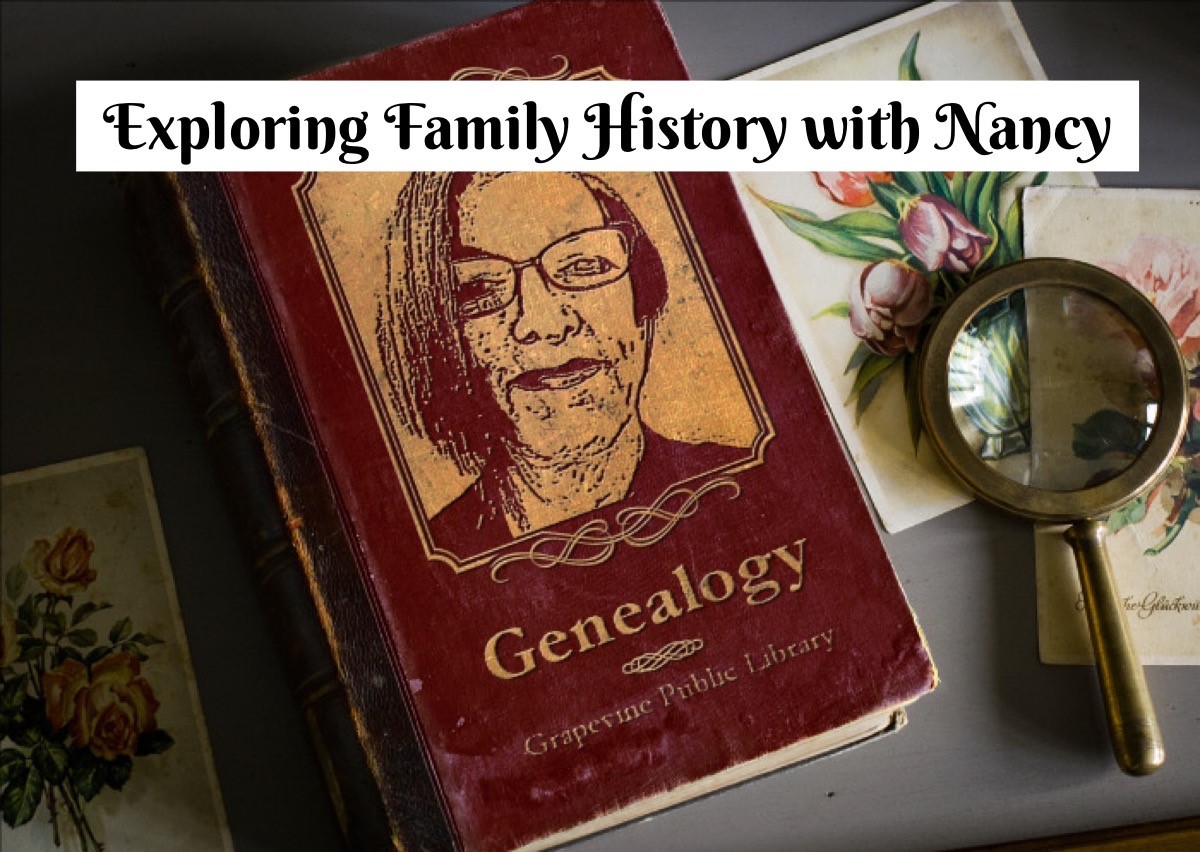Link Old Maps and Land Records to Your Genealogy with HistoryGeo
Do you have ancestors who purchased land straight from the federal government? If so, our HistoryGeo database is a must-use! Brought to you by Arphax Publishing Co., HistoryGeo.com is a family history software service for linking old maps and land records to your genealogy research. It contains three collections – First Landowners Project, Antique Maps Collection, and Place-Finder + Topographical Maps. In this blog, we’ll examine the First Landowners Project, but first, to get the most out of HistoryGeo, a brief explanation of federal/public land history is in order. After the Revolutionary War, the new national government had no money but lots of land. To encourage orderly westward settlement and to raise revenue, Congress developed the Public Land Survey System (PLSS), or Rectangular Survey System (RSS), to precisely divide lands beyond the original thirteen colonies (as well as Tennessee, Kentucky, and Texas), and offer them for sale through federal land...




Recent Comments